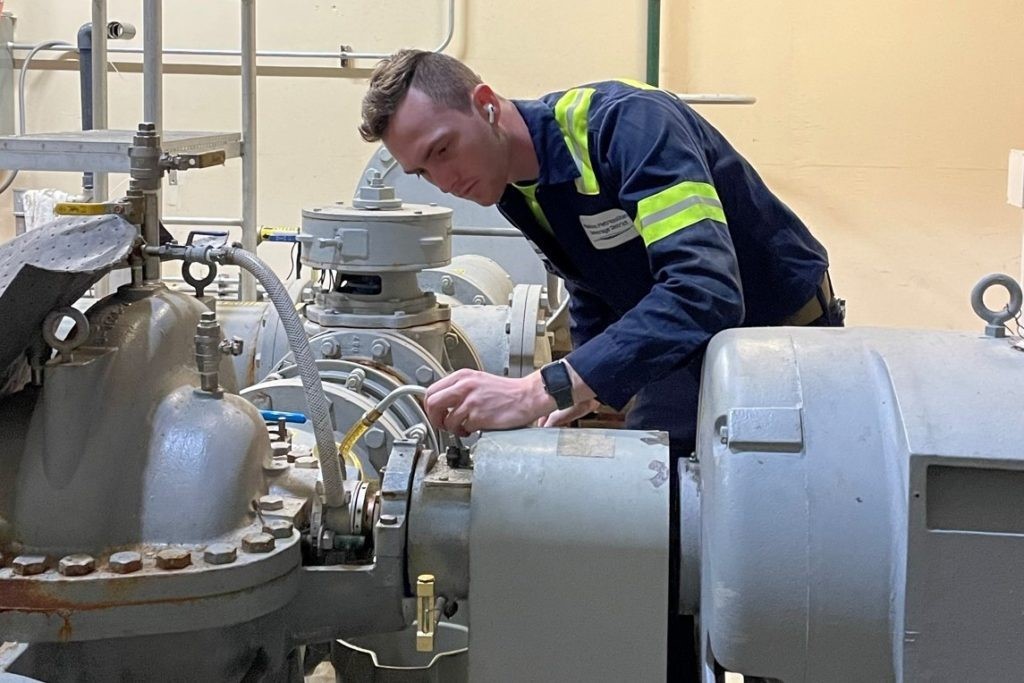Most Popular
The cement industry thrives on constant movement. From grinding raw materials to firing massive kilns, equipment works tirelessly to produce the essential building block of our infrastructure. But this relentless operation takes a toll on machinery, and unexpected breakdowns can cripple production.
Here's where oil analysis steps in as a game-changer for cement plant maintenance. Analyzing lubricating oil, offers a window into the health of your critical equipment, allowing you to predict and prevent problems before they cause costly downtime.
Oil Analysis: A Microscopic Look at Macro Issues
Cement production exposes machinery to harsh environments – extreme heat, dust, and constant vibration. These conditions can wreak havoc on lubrication, accelerating wear and tear. Oil analysis acts as a detective, examining a small oil sample to uncover.
- Wear and Tear in Crucial Components: Increased levels of iron, chromium, or silicon in the oil indicate excessive wear in grinding mills, kilns, or gearboxes. Early detection allows you to schedule maintenance and prevent catastrophic failures.
- Contamination by Intruder Elements: Dirt, water, or even fuel can enter the lubrication system, leading to corrosion, sludge buildup, and lubrication breakdown. Oil analysis helps identify these contaminants and their source, allowing you to address leaks or inefficiencies.
- Breakdown of Protective Additives: Lubricating oil contains special additives that fight wear, oxidation, and corrosion. Oil analysis detects depleted additives, prompting you to top up the oil before it loses its effectiveness.
The Benefits of Predictive Maintenance in Cement Production
By catching problems early, oil analysis offers a significant edge in a competitive industry.
- Reduced Downtime: Identify and address issues before they become major failures, keeping your production lines running smoothly and meeting tight deadlines.
- Lower Maintenance Costs: Preventive maintenance through oil analysis is always cheaper than emergency repairs and equipment replacements in a cement plant.
- Extended Equipment Lifespan: By addressing minor wear and tear before they escalate, you can significantly extend the life of your crucial grinding mills, kilns, and conveyors.
- Improved Plant Safety and Reliability: Oil analysis helps prevent equipment failures that could pose safety hazards and ensures reliable operation for consistent clinker production.
Taking Control with a Strategic Oil Analysis Program
Implementing an oil analysis program specifically tailored to the cement industry is a wise investment. Here's how to get started:
- Customized Sampling Plans: Develop oil sampling schedules based on the specific equipment types and operating conditions within your cement plant. For example, crushers and gearboxes might require more frequent sampling compared to electric motors.
- Partner with an Experienced Lab: Choose a reliable oil analysis lab with expertise in the cement industry. They can provide industry-specific benchmarks and insights tailored to your equipment.
- Actionable Insights and Data-Driven Decisions: Train your maintenance team to interpret oil analysis reports and translate them into proactive maintenance actions.
Oil analysis empowers you to shift from reactive maintenance (fixing problems after they occur) to predictive maintenance (addressing issues before they become problems). It's a proactive approach that saves money, avoids costly downtime, and keeps your cement plant operating at peak efficiency, ensuring a steady flow of clinker to meet market demands.
Connect with Arrelic Global today to discuss your oil analysis needs!
